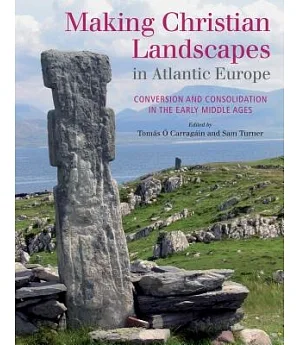Landscapes across Europe were transformed, both physically and conceptually, during the early medieval period (c AD 400-1200), and these changes were bound up with the conversion to
Christianity and the development of ecclesiastical power structures. While Christianity represented a more or less common set of beliefs and ideas, early medieval societies were characterized
by vibrant diversity: much can potentially be learned about these societies by comparing and contrasting how they adapted Christianity to suit local circumstances. This is the first book to
adopt a comparative landscape approach to this crucial subject.
It considers the imprint of early medieval Christianity on landscapes along the continent’s western shore from Galicia to Norway, and across the northern islands from Britain and Ireland to
Iceland. The construction of new monuments clearly led to some major physical changes, but landscapes are not just affected by tangible, material alterations: they are also shaped by new types
of knowledge and changing perceptions. Christianity was associated with many such changes including new ways of seeing the land that directly affected how landscapes were inhabited and managed.
By examining how people chose to shape their landscapes, this book provides fresh perspectives on the Christianization of Atlantic Europe.





















